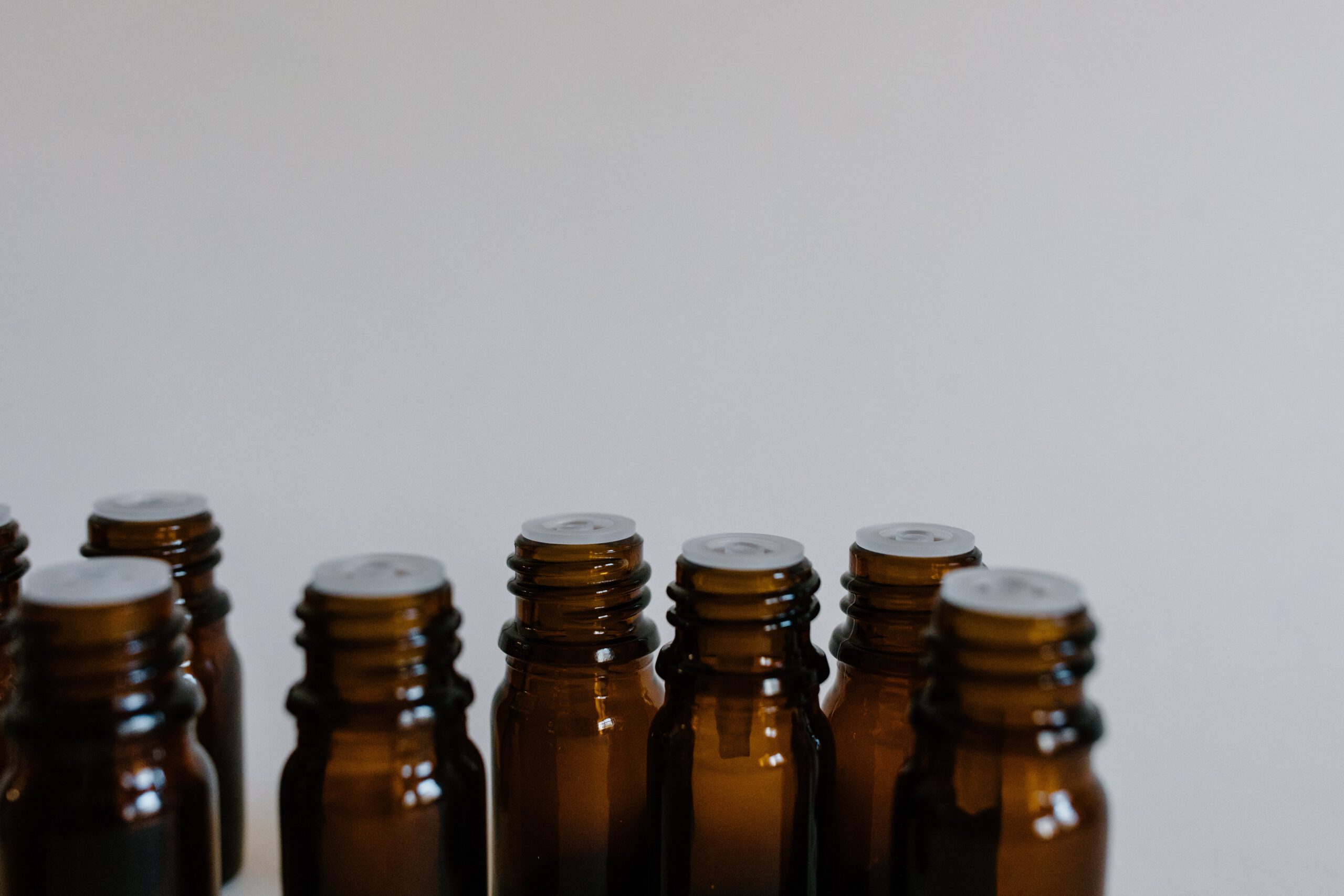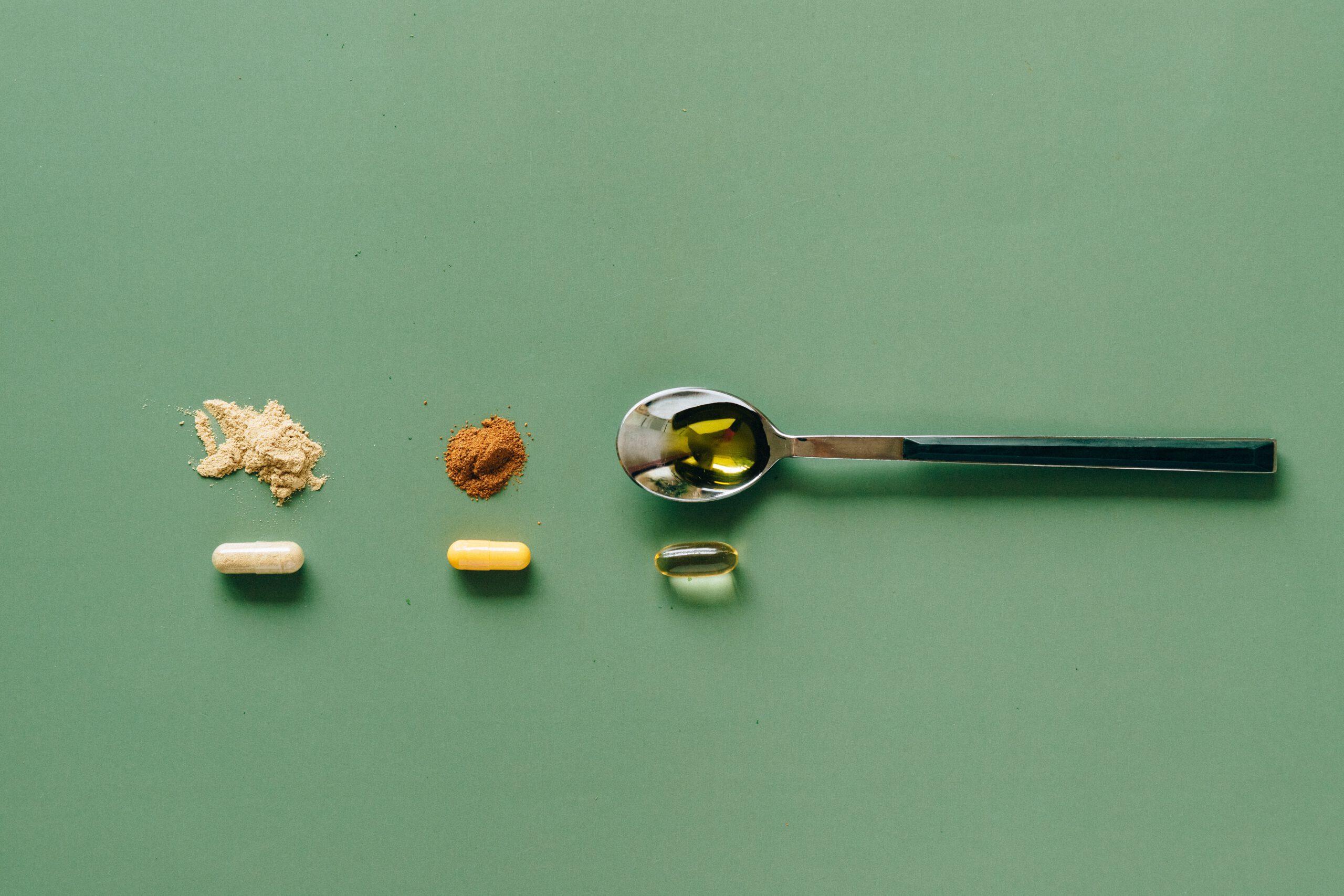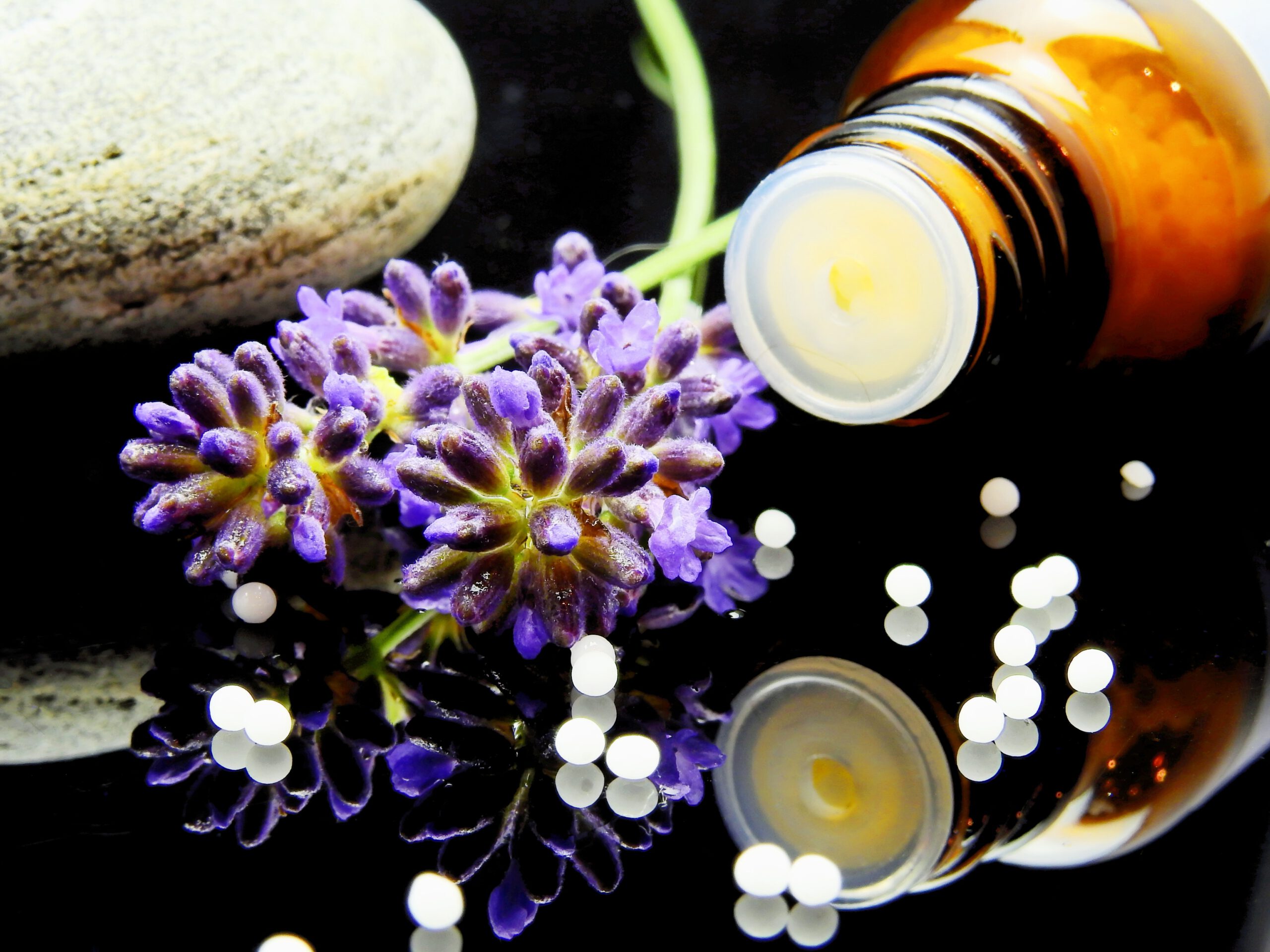Homeopathy
Homeopathy is a holistic, gentle and individually effective form of therapy that reaches people on all three levels, namely body, soul and spirit.
She works exclusively with the positive healing powers of nature. The focus is already on the whole person during the diagnosis, because the goal is to cover the whole person.
Homeopathy stimulates the life energies of the body and restores the lost balance of the organism through targeted medication, namely the simillimum - the homeopathic single remedy. Symptoms are not suppressed by strong drugs, so that no harmful side effects and consequential damage can occur, but on the contrary, all levels of the human being are strengthened: the immune system on the physical level, a harmonious balance on the emotional level and expansion of consciousness and goal finding on the mental level.
Homeopathy is able to restore health gently, permanently and in the shortest possible way in both acute illnesses and chronic illness situations. Homeopathy convinces with its successes even in the most difficult disease situations.
Homeopathy is an independent healing method, the aim of which is to increase the vitality of the human being on all its levels and not to suppress an illness, i. H. it is not the disease that is treated, but the person. In homeopathy, the homeopath looks for the cause of the disease, the pattern of information or code that is similar to the patient's code or structure.
Homeopathy is subject to the laws of nature!
The three pillars of homeopathy
-
 The Law of Similars
The Law of Similars -
 Drug proving on healthy subjects
Drug proving on healthy subjects -
 The potentization
The potentization
The Law of Similars
"Similia similibus curantur" means like is cured by like.
It is interesting that the Greek word "pharmakon" means remedy and poison.
Hippocrates and Paracelsus also mentioned the principle of similars several times in their teachings.
Hippocrates (460 - 377) BC: "A disease arises through the similar and only through the similar that one applies can the sick become healthy." or "The sick must drink of the same water that gave him the disease."
Even in the Bible, in the Old Testament, we find a reference to the law of similars: in the 4th book of Moses, chapter 21, the symbol of a bronze serpent is erected in front of the Israelites, who are suffering from the bite of poisonous snakes. Whoever looked at the snake stayed alive.
Paracelsus (1494 - 1541): "Sic similia addiderunt et similia similibus curantur"
So likes add to likes and likes heal likes.
The Law of Similars contains the most concise formulation of a cosmic law for the treatment and healing of disease.
This law states that substances, regardless of whether they are of plant, animal or mineral origin, which in overdose in a healthy person are capable of producing their own characteristic, at the same time "artificial" symptoms of the disease, that such substances with a clinical picture that is similar to the symptoms are able to heal it. This is possible if they are supplied to the organism in a potentized form and they thereby stimulate a natura-sanat process that could not have been triggered without this specific medicinal information.
Homeopathy can also be seen as a special type of stimulation therapy. By means of a stimulus similar to that which causes illness, the "down" life force is stimulated to get up again of its own accord.
The supposed help by suppressing the symptoms using contrary treatment methods, on the other hand, proves to be a weakening of vitality. (Allopathy)
Experience shows that allopathic medicine produces only temporary relief and subsequent aggravation.
However, the stimulus of the homeopathic medicinal substance must be gentle in order to support the organism in its self-healing efforts and not to overtax or even weaken it.
The homeopath calls the remedy, which applies because of its symptom similarity, the "simile". The homeopath would prefer it even more if he found the "similimum", i.e. the most similar remedy, because then he would know for sure that this remedy would heal.
So, homeopathy is a healing method whereby by creating a disease similar to the one the patient has, the aim is to cure the patient's disease. One disease should erase the other, but this is only possible if they are similar. That is, the simile or the similimum creates an artificial disease that abolishes the patient's natural disease.
In summary, one can say that the law of similars was the most important discovery by Samuel Hahnemann.
It is a law of nature and reads:
Any substance capable of producing a set of symptoms in a healthy person can cure them in a sick person.
Here it becomes clear why homeopathy in ignorant hands is by no means a harmless type of therapy.
Drug proving on healthy subjects
The basis and starting point of all homeopathy is the AMP (drug proving) on healthy people. It is only through them that the homeopath is able to get to know the artifice that produces a remedy, to recognize the program, the message, contained in a particular remedy.
During a test, the organism receives a substance that is strong enough to cause a disturbance and mobilize the defense mechanism. The defense mechanism now produces symptoms at all three levels of the organism that are characteristic of the substance's peculiar and unique effect.
Similarly, when a patient's dynamic field responds to a disease stimulus, we record the characteristic manner of that response by writing down the symptoms. In both cases, symptoms only appear when the triggering stimulus is strong enough to mobilize the defense mechanism or when there is sufficient sensitivity to the substance's frequency range.
Surprisingly, the symptom pictures of the substances determined in this way largely correspond to the symptom pictures of the diseases and disease variations known to us. There are now hundreds of remedies that have been well tested - so there is a suitable remedy for almost every disorder.
However, even more funds have not yet been fully tested. A complete test presupposes that, firstly, the remedy is tested on a healthy person in toxic, hypotoxic and highly diluted, potentised form.
Second, the symptoms produced at all three levels must be documented.
Thirdly, the knowledge of the effect of the remedy must be completed. To do this, previously unknown symptoms that have disappeared after being cured by the remedy must be included in the symptom picture.
If only the physical symptoms were recorded in an examination, then it is still considered incomplete. In this case, the symptoms are still too general, as in all poisoning protocols, and the test lacks the individual characteristics.
For example, "unconscious examinees" have already discovered that the laxative properties of rhubarb are suitable for curing diarrhea, or that senna leaf infusion calms colic because it can induce a colic-like condition in healthy people.
If we give a substance in sufficient quantity, then the life force is so strongly oppressed that it mobilizes the defense mechanism. Its action then produces a number of symptoms unique to that particular substance.
The experimental testing of a new drug must always be carried out in a double-blind procedure, i.e. neither the testing committee nor the participants may know the drug to be tested.
The study director determines the test substance and ensures that the methods used in the experiment conform exactly to the guidelines. He also uses the random selection procedure to decide which test subjects will receive the test substance and which placebos. About 25% of the participants receive a placebo, the rest the test substance. All examinees are strictly instructed not to talk to each other about their symptoms under any circumstances.
The potentization
The manufacture of homeopathic medicines:
In nature we find many substances with medicinal properties. From a chemical point of view, some of them are easily amenable to potentization, while others require special preparation.
In plant tests, the whole plant is used in some cases, and only a specific part of it in others.
Since it is impossible for a homeopath to know the technical data of hundreds of plants, Hahnemann began compiling these details in the first edition of the Homeopathic Pharmacopoeia (HAB). Distinguished pharmacists such as Gruner and Schwabe have continued the homeopathic pharmacopoeia since 1866.
Today, the HAB 1 (1978) is used as the first official edition of a homeopathic pharmacopoeia, which is constantly being supplemented and brought up to date.
Many minerals and some plants are not accessible to the potentization process in their chemical form. You must first be prepared. Depending on the type of substance, this is done in different ways. Hahnemann himself is one of our best sources for the optimal preparation of certain substances. As an experienced chemist, he was also familiar with the alchemy of his time and therefore knew all about the medicinal preparation of certain minerals.
The next step in preparing a remedy is to make the D 6- or C 3- potencies. If the existing preparation or tincture is soluble in alcohol, potentize to this point in the usual way.
However, if the substance is not soluble, a certain type of trituration leads to the millionth dilution soluble in alcohol, namely the substance is crushed with a mortar for 3 hours together with the prescribed proportion of lactose.
This specific method has not changed since Hahnemann first described it.
This first stage of preparation can release the energy potential of a substance, but there are also purely chemical effects.
After the agent is in soluble form as C 3 or D 6, it is further potentised in the usual way. A drop of this potency is added to a specified amount (9 or 99 drops) of solvent and this solution is shaken vigorously a specified number of times. Again a drop of it is then diluted and succussed. This is repeated until the prescribed potency level is reached.
Experience has shown that each potency requires between ten and a hundred succussions.
Method Hahnemann
One drop at a time of the previous potency is dissolved in alcohol and shaken, discarding the old glass vial each time the new potency is made.
Method Korsakoff
In this method, the solution of the previous potency is poured away, leaving only a precisely calculated drop of it on the walls of the vial, and the solvent for the next potency is then poured in. This way the same vial can be used for each potency.
Of course, with this method, too, one will want to branch off intermediate potencies for storage from time to time.
Alcohol is an excellent preservative discovered by Hahnemann and guarantees the unlimited shelf life of the potencies.
D potencies are based on the dilution ratio 1:10 and C potencies 1:100. The C potencies are the most commonly used in classical homeopathy.
A C 30 corresponds to a D 60 in terms of its dilution.
Avogadro's number
Beyond the D 23 , the C 12 or between Q 5 and Q 6 there is no longer any molecule of the original substance. These high potencies go astronomically far beyond the chemical effectiveness of the substance. Rather, the energy or frequency range of the original substance is transferred to the energetic structure of the solvent.
Up to Avogadro's number, a bio-chemical process takes place in the preparation; beyond this number, a quantum-physical process begins.
As a chemist, Hahnemann was familiar with Avogadro's number (1811), and it speaks to his open mind and the importance he attached to empirical observation that he nonetheless went beyond it and used potencies beyond that limit. He found that, amazingly, their potency steadily increased, while initial reactions were often less than with the lower potencies.
Homeopathy is very critical of the usual methods of suppression:
→ Sweat from deodorant and powder
→ Cold from nasal spray
→ Inflammation, suppuration from antibiotics
→ Fever with antipyretics
→ Eczema with ointments, e.g. cortisone
→ Children’s diseases with vaccinations
→ Polyps, tonsils, varicose veins, gall and Kidney stones from surgery
The consequences of suppression are:
→ greater susceptibility to infection
→ poor development (mentally, emotionally, physically) in children
→ shifting of the disease process to deeper, more vital organs.
→ This results in chronic illnesses or allergic reactions to animals, food, plants, etc.
→ resulting impairment of vitality, reduction in quality of life